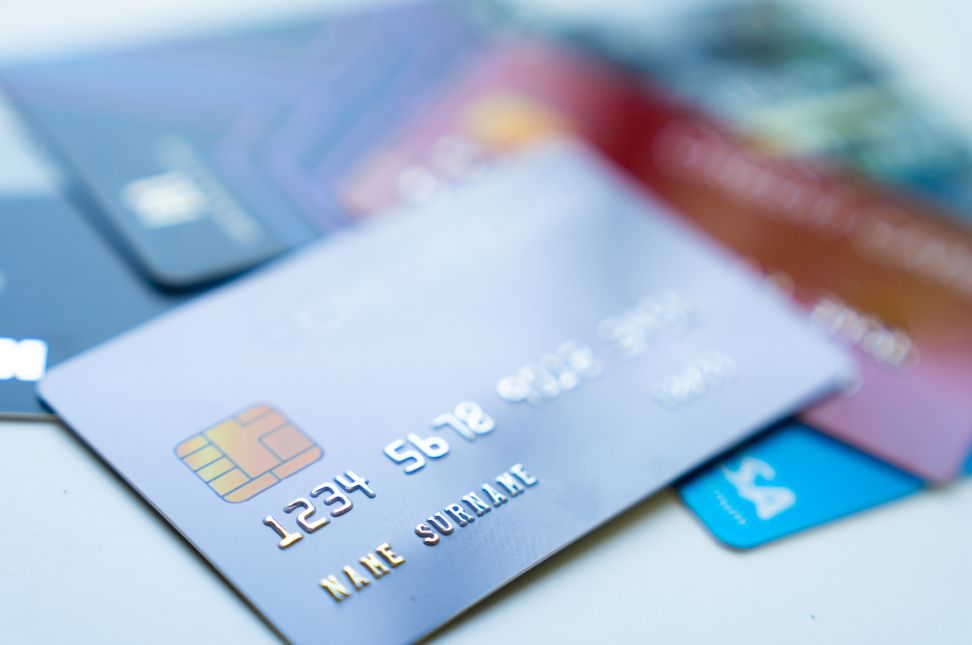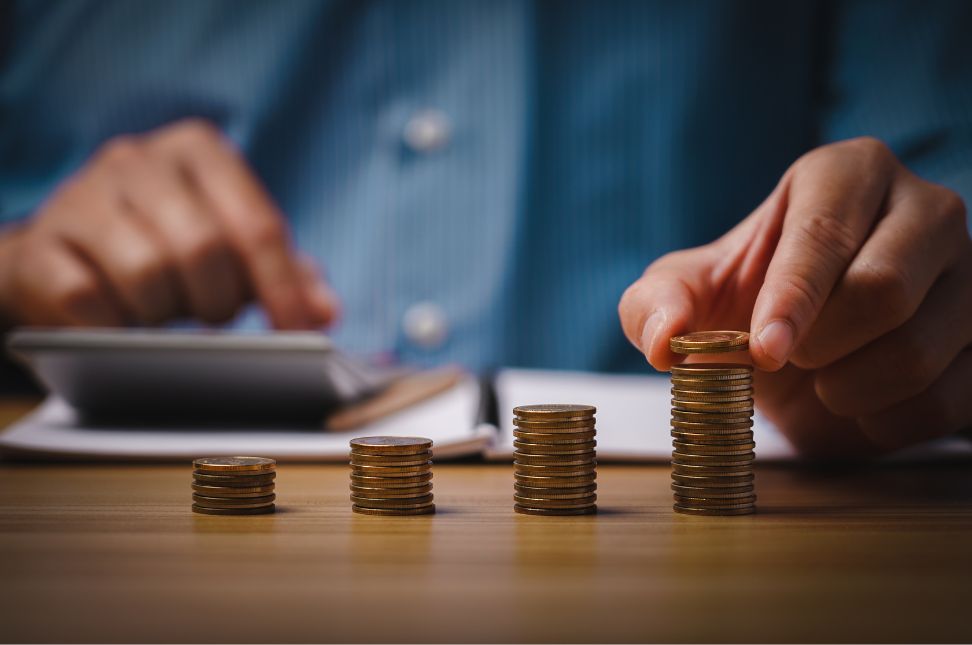Credit card debt can be a significant burden, impacting your financial health and causing stress. Learning how to pay off credit card debt is essential for achieving financial stability and peace of mind. This article outlines effective strategies to manage and eliminate credit card debt, helping you take control of your finances.
Understanding the Impact of Credit Card Debt
Before diving into the strategies for how to pay off credit card debt, it’s important to understand the impact it can have on your financial situation. High-interest rates and minimum payments can make it difficult to reduce the principal balance, leading to a cycle of debt that can be hard to break.
- Interest Rates: Credit cards often have high-interest rates, which can accumulate quickly and increase your total debt.
- Credit Score: High balances relative to your credit limit can negatively impact your credit score.
- Financial Stress: Managing multiple credit card payments can cause significant financial stress and limit your ability to save for future goals.
Step-by-Step Guide on How to Pay Off Credit Card Debt
1. Assess Your Debt
The first step in learning how to pay off credit card debt is to assess the full scope of your debt. Create a list of all your credit card balances, interest rates, and minimum payments.
- List All Debts: Write down the total balance, interest rate, and minimum payment for each credit card.
- Total Debt: Calculate the total amount of credit card debt you owe.
- Monthly Payments: Determine the total monthly payments required to cover the minimum payments on all cards.
2. Create a Budget
A budget is a crucial tool in managing and paying off credit card debt. It helps you understand your income and expenses, allowing you to allocate funds towards debt repayment.
- Track Income and Expenses: Record all sources of income and categorize your expenses.
- Identify Cutbacks: Look for areas where you can reduce spending to free up money for debt repayment.
- Allocate Funds: Prioritize debt repayment in your budget, ensuring you allocate enough funds to make more than the minimum payments.
3. Choose a Debt Repayment Strategy
There are several strategies you can use to pay off credit card debt. Choosing the right one depends on your financial situation and personal preferences.
Debt Snowball Method
The debt snowball method focuses on paying off the smallest debt first while making minimum payments on larger debts.
- List Debts by Size: Arrange your debts from smallest to largest balance.
- Pay Off the Smallest Debt: Focus on paying off the smallest debt as quickly as possible.
- Move to the Next Debt: Once the smallest debt is paid off, move to the next smallest, using the funds previously allocated to the paid-off debt.
Debt Avalanche Method
The debt avalanche method focuses on paying off the debt with the highest interest rate first.
- List Debts by Interest Rate: Arrange your debts from highest to lowest interest rate.
- Pay Off the Highest Interest Debt: Focus on paying off the debt with the highest interest rate first.
- Move to the Next Debt: Once the highest interest debt is paid off, move to the next highest, using the funds previously allocated to the paid-off debt.
4. Consider Debt Consolidation
Debt consolidation can simplify the repayment process by combining multiple debts into a single payment with a lower interest rate.
- Debt Consolidation Loan: Apply for a loan to pay off all your credit card debts, leaving you with one monthly payment.
- Balance Transfer: Transfer balances from high-interest credit cards to a card with a lower interest rate. Be mindful of balance transfer fees and introductory rate periods.
5. Negotiate with Creditors
Negotiating with creditors can sometimes result in lower interest rates or reduced balances, making it easier to pay off your debt.
- Contact Creditors: Reach out to your creditors and explain your financial situation.
- Request Lower Rates: Ask for a lower interest rate or a temporary reduction in payments.
- Settlement Offers: In some cases, creditors may be willing to accept a lump-sum payment for less than the full balance owed.
6. Increase Your Income

Increasing your income can provide additional funds to put towards debt repayment.
- Side Hustles: Consider taking on a part-time job or freelance work.
- Sell Unused Items: Sell items you no longer need to generate extra cash.
- Ask for a Raise: If possible, negotiate a raise at your current job to increase your income.
7. Stay Committed and Monitor Progress
Paying off credit card debt requires commitment and regular monitoring of your progress.
- Track Payments: Keep track of your payments and monitor your progress towards paying off each debt.
- Celebrate Milestones: Celebrate when you pay off a debt or reach a significant milestone.
- Stay Motivated: Remind yourself of the benefits of being debt-free, such as financial freedom and reduced stress.
Conclusion
Learning how to pay off credit card debt is essential for achieving financial stability and peace of mind. By assessing your debt, creating a budget, choosing a repayment strategy, considering debt consolidation, negotiating with creditors, increasing your income, and staying committed, you can effectively manage and eliminate credit card debt. Taking these steps will not only improve your financial health but also provide you with the freedom to achieve your long-term financial goals.




